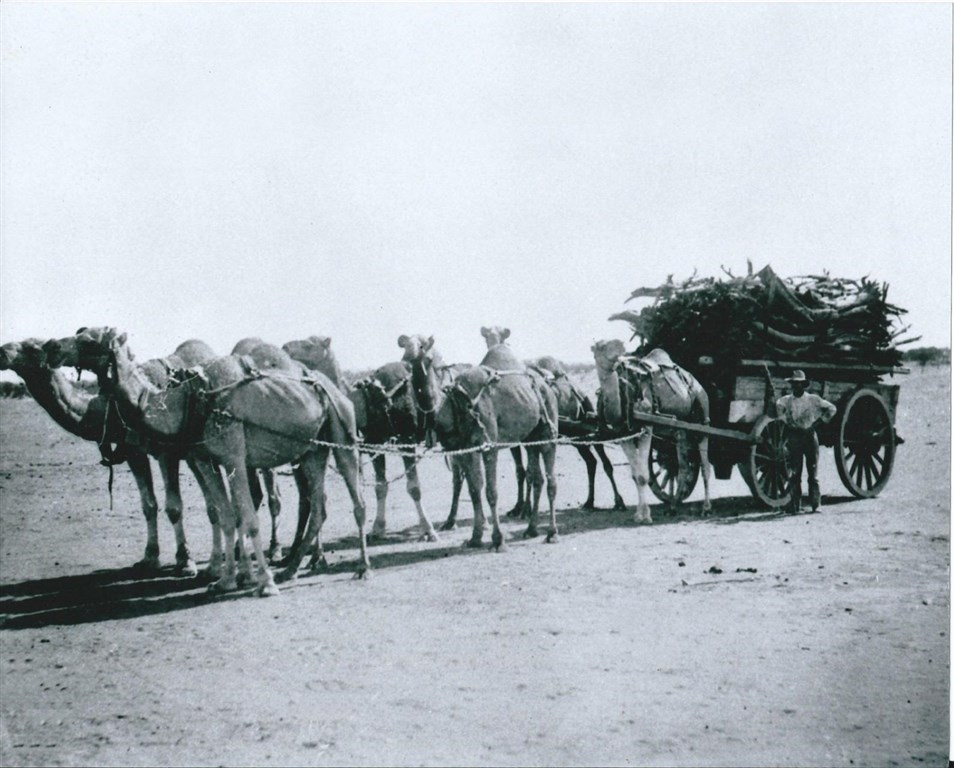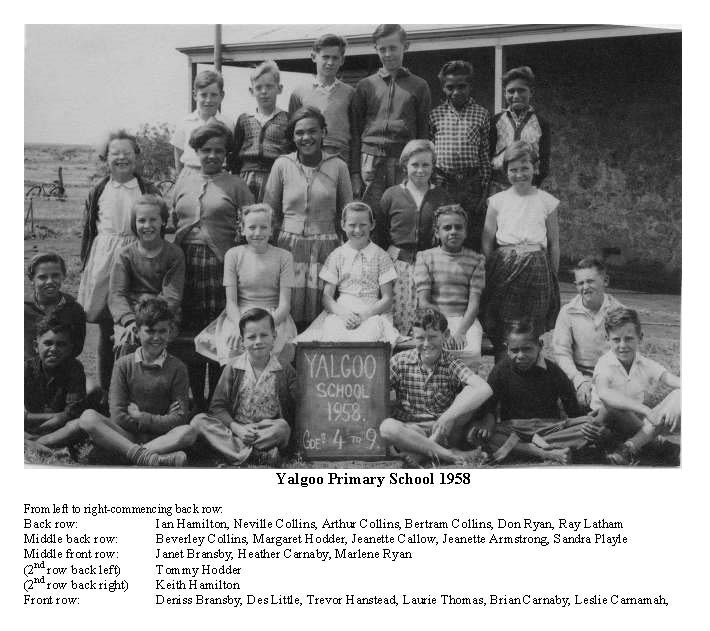 History
History

Overview: Location & Statistics
The Shire of Yalgoo covers approximately 33,257.9 square kilometres of the Murchison Goldfields area of Western Australia’s Mid West region.
The original Yalgoo Road District was gazetted in 1896, and merged into Mullewa in August 1911. The Upper Murchison Road District, gazetted in 1907, was renamed to Yalgoo in 1912. On 1 July 1961, it became a shire under the Local Government Act 1960.
Yalgoo town itself has a population of around 120 people with 400 people living throughout the Shire. The main industries of the Shire are mining with approximately $122M worth of production annually and pastoralism contributing around $5.5M annually. Types of mining include gold, tantalite and bauxite (FeOre).
A few of the mining companies in our area:
- 29 Metals - Golden Grove
- Silverlake Deflector
- Extension Hill
History:
Located 497 km north of Perth, Yalgoo is a tiny settlement on the road from Geraldton to Mount Magnet. The appeal of the town is that it is genuinely historic. There’s very little left of this once thriving town and what does remain is old and pretty much untouched. There is an endearing old world charm about the place.
Typically there is some confusion over the origin of the town’s name with some sources claiming that it is derived from an Aboriginal word yalguru meaning blood, thus suggesting that the area was connected with initiation rites. Other sources, however, suggest that the name comes from Eyalgru meaning bloodwood.
Europeans passed through the area as early as 1854 but it wasn’t until the 1870s that pastoralists moved in with sheep and cattle.
The area was first settled in the early 1890s when prospectors travelled through the region on their way to the Murchison goldrush towns of Cue and Mount Magnet. In 1892 five prospectors - Knight, Parsons, Rice, Moxon and Evans - discovered gold at Yalgoo and established the fabulously rich Emerald Reward Mine on a site which is just behind the Old Shire Council offices. Yalgoo was declared a separate goldfield in 1895 and by the following year it had become a thriving town with 7 hotels serving a vast tent city.
The town continued to grow. In 1898 the railway line from Mullewa to Yalgoo was opened. It closed in 1978 but the station (on the south side of town) is still in near perfect condition. The town continued to prosper until about 1903 when the gold started to dwindle. In 1908 the Emerald Reward mine was closed down. Since then it has been steadily in decline so that now it is a tiny settlement based around a shire office which administers nearly 3.5 million hectares of country where large sheep stations and speculative mining operations are the major industries. Yalgoo really has three major attractions. The Court House Museum, the Dominican Chapel of St Hyacinth and Thundarella Station.
People wishing to know more about Yalgoo should refer to Alex Palmer¹s book Yalgoo published by Lap Industries, 18 Chalmers Street, Fremantle and the Monsignor Hawes Heritage Trail booklet (both are available at the Yalgoo Caravan Park).
